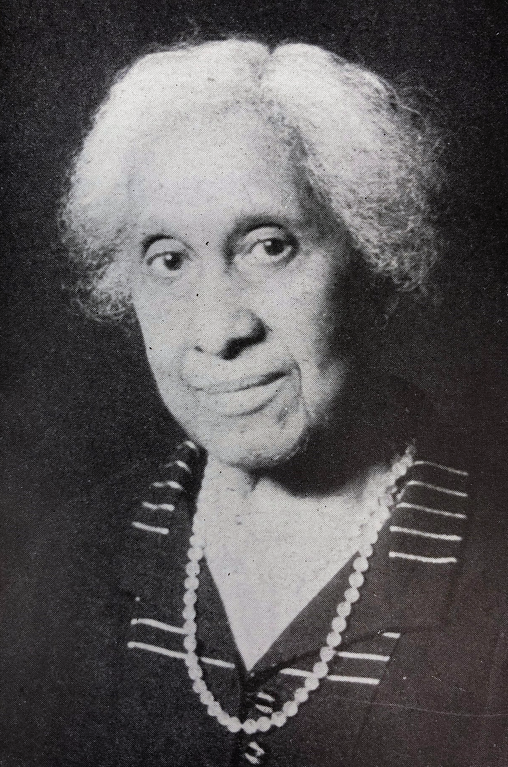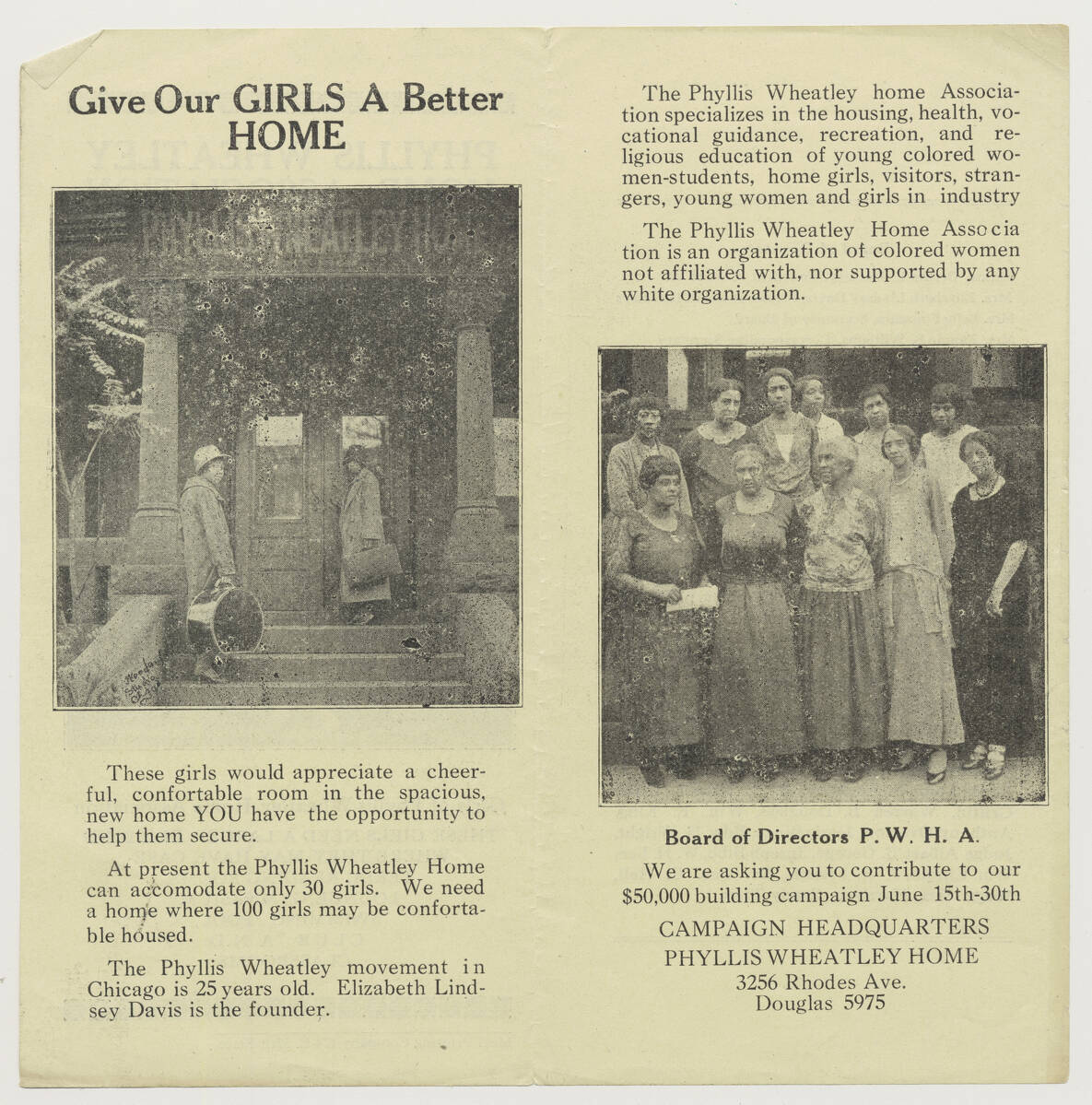Elizabeth Lindsay Davis
CHM curatorial intern Brigid Kennedy recounts the extraordinary life of Elizabeth Lindsay Davis.
Elizabeth Lindsay Davis not only took the motto of the National Association of Colored Women (NACW)—“lifting as we climb”—as inspiration for the title of her book, she took it as her personal motto. As an historian, writer, and activist, Davis worked hard but never forgot to uplift the work of her companions and colleagues.

Figure 1: Portrait of Elizabeth Lindsay Davis, c. 1933. Lifting as They Climb, CHM
Davis was born in 1855 and lived her earliest years in Peoria, Illinois. As a young woman, she wrote advice columns that were published in Kansas City’s Gate City Press. Davis continued to write for newspapers, contributing regularly to the Chicago Defender and the NACW’s National Notes.
Davis began her career as a teacher, working around the Midwest until her 1885 marriage to podiatrist William H. Davis. In the next decade, she became active in the women’s club circuit, joining and founding organizations advocating for Black women. A founding member of the Ida B. Wells Club, Davis served as secretary while Wells herself served as president. Davis also cofounded the Chicago branch of the Phyllis Wheatley Club, which focused on hyperlocal issues to improve the lives of people in Chicago. She served as president for twenty-eight years.

Figure 2: Phyllis Wheatley Home Association, pamphlet, 1915. CHM, ICHi-064245
In 1899, the clubs of Illinois came together to form a coalition, the Illinois Federation of Colored Women’s Clubs (IFCWC)—the groups were collectively known as the “Magic Seven.” Davis was also affiliated with the NACW, for which she was the national organizer from 1901–6 and again from 1912–16, supervising the addition of more than 289 clubs. During this time, Davis saw how organizations such as the Young Women’s Christian Association (YWCA) failed to provide housing, health, and educational services for Black girls and women, so in 1908 she founded the Phyllis Wheatley Home.
As a leader of numerous groups, Davis knew more about the NACW and IFCWC than anyone else. She became the IFCWC’s official historian in 1918 and began work on The Story of the Illinois Federation of Colored Women’s Clubs, 1900–1922. In 1933, for the A Century of Progress International Exposition, Davis published her book Lifting as They Climb—a history of the NACW, which she spent nearly a decade compiling.
During World War I, Davis led the Second Ward’s war office at the Frederick Douglass Center Women’s Club. There, women operated an exemption board for drafted men, a Red Cross auxiliary, and a post office. During the 1918 Spanish influenza pandemic, the Frederick Douglass Center also served as a relief station.
When Illinois women gained limited suffrage in 1913, Davis was one of the first women to register to vote. She became increasingly active in politics and instituted citizenship classes for women through her clubs. Davis both celebrated the progress that had been made and devoted her life to equity and opportunities for Black women. “To women has come the greatest opportunity through the passage of the 19th amendment,” she wrote in Lifting as They Climb. “It is fitting at this time that the Negro woman should take her part in the Century of Progress and prove to the world that she, too, is finding her place in the sun.”
For Educators: Student Reading and Response Guide
Vocabulary
- Exemption: the process of being excused from a requirement
- Drafted: selected for a certain purpose
- Auxiliary: an organization or group of people that provides additional help
- Nineteenth Amendment: stated that the right of citizens to vote should not be denied by the federal or state governments based on sex (gender). The amendment was passed by Congress in June 1919. It was ratified and became part of the US Constitution in August 1920. Although long fought for and groundbreaking, it did not extend the right to vote to all women. Citizenship laws and racism continued to impact who could vote.
- Phyllis Wheatley: the first enslaved person to publish a book of poetry. Her book, titled Poems on Various Subjects, Religious and Moral, came out in 1773.
Text Questions
- The National Association of Colored Women (NACW) had a motto: “lifting as we climb.” After reading the blog, describe how Elizabeth Lindsay Davis applied this idea to her life and actions.
- Among her many accomplishments, Davis worked as the national organizer for the NACW for two different terms. During that time, she added 289 clubs to the organization. What skills do you think she needed to be successful in this work?
- During World War I, Davis led the Second Ward’s war office at the Frederick Douglass Center Women’s Club. What services did the women provide to help the war effort?
Primary Source Analysis
Take a close look at figure 2.
- According to the pamphlet, what services did the Phyllis Wheatley Home Association provide?
- What goal was the Association trying to achieve?
- Why do you think Davis named the Association after Phyllis Wheatley?
Journal Prompt
- Davis found inspiration in the NACW motto “lifting as we climb.” She even named her 1933 book, which was a history of the organization, for the motto: Lifting as They Climb. What motto do you live your life by? How does it influence your choices?
 Back to Additional Content
Back to Additional Content